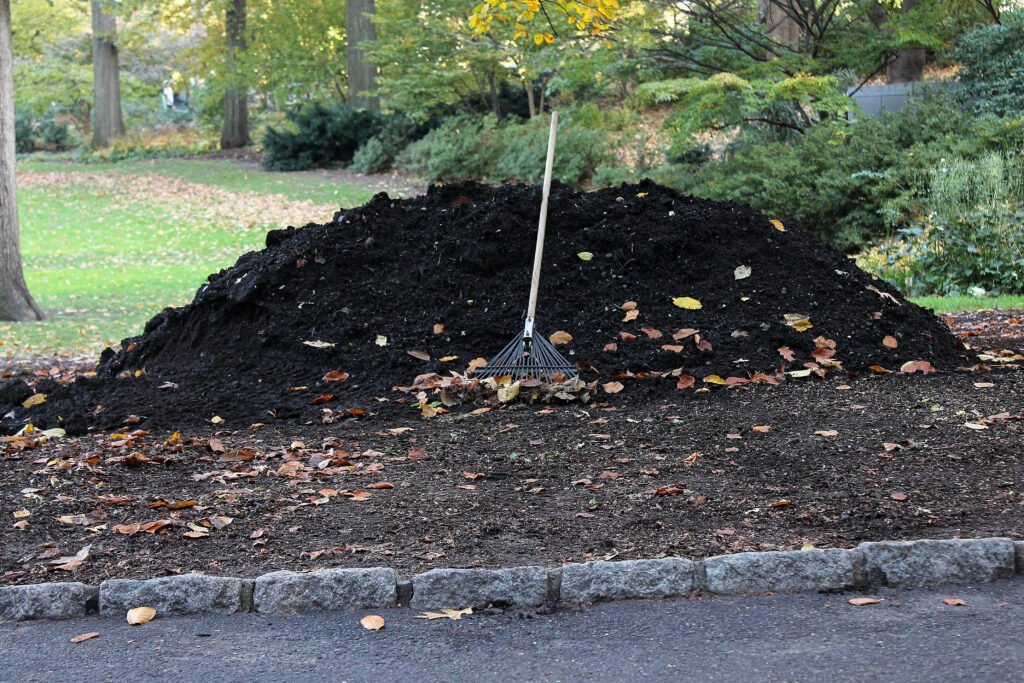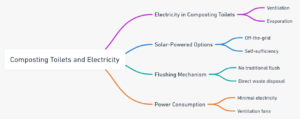Composting toilets are an innovative solution for waste management in tiny homes, offering an eco-friendly alternative to traditional plumbing systems. How do composting toilets work in tiny homes? Simply put, they transform human waste into compost through a natural decomposition process, eliminating the need for water or sewage connections.
Key Takeaways:
- Composting toilets are waterless and eco-friendly.
- They use natural processes to break down waste.
- Perfect for tiny homes without traditional plumbing.
- Requires regular maintenance for optimal performance.
[toc]
Understanding the Basics
What is a Composting Toilet?
A composting toilet is a type of toilet that uses no water. Instead, it breaks down human waste using natural processes, turning it into compost. This compost can then be used as a soil conditioner.
Why Use Composting Toilets in Tiny Homes?
Tiny homes often lack the space and infrastructure for traditional plumbing. Composting toilets offer a compact, waterless solution that’s both eco-friendly and efficient.
Breaking Down the Process
1. Waste Collection
When you use a composting toilet, the waste (both liquid and solid) is collected in a chamber. This chamber is separate from the main living area, ensuring no odors escape into the home.
2. Decomposition
Over time, with the help of aerobic bacteria, the solid waste starts to break down. This decomposition process is similar to how organic materials break down in a garden compost pile.
3. Evaporation
The liquid waste evaporates through a venting system, reducing the volume of waste in the chamber.
4. End Product
After several weeks or months, the solid waste is transformed into a dry, odorless material resembling garden compost. This can be safely disposed of or used as a soil conditioner.
Maintenance and Care
Regular maintenance is crucial for the efficient functioning of a composting toilet. This includes:
- Emptying the Chamber: Depending on usage, the chamber should be emptied every few weeks or months.
- Adding Bulking Agents: Materials like sawdust or coconut coir help with the composting process and control odors.
- Ensuring Proper Ventilation: A well-ventilated system ensures faster evaporation and better odor control.
Benefits of Composting Toilets in Tiny Homes
- Eco-friendly: Reduces water usage and prevents sewage pollution.
- Space-saving: Compact design perfect for small spaces.
- Cost-effective: No need for plumbing or sewage connections.
Realistic Analogy
Think of a composting toilet as a mini garden compost bin. Just as you’d throw vegetable scraps into the bin and wait for them to turn into compost, the toilet collects human waste and transforms it into a usable product.
Metaphor
A composting toilet is like a magician’s hat. What goes in as waste comes out as a valuable resource.
Visual Representation
To better understand the concept, here are some diagrams:


Watch Video: YouTube Video on Composting Toilets in Tiny Homes
This concludes part 1 of the article. Stay tuned for part 2 where we’ll delve deeper into the intricacies of composting toilets, their installation, and frequently asked questions.
External Insights
For those who are keen on understanding more about composting toilets in tiny homes, here are some insightful articles and resources:
- Composting Toilet For Your Tiny House in 2023 – HomeBiogas
- 20 Frequently Asked Questions About Composting Toilet That You May Be Afraid To Ask
- Tiny House Composting Toilet: Everything You Need to Know
- Tiny House Toilet Options: What It’s Really Like To Use A Composting Toilet – The Tiny Life
Tables with Relevant Facts
Comparison of Composting Toilets and Traditional Toilets
| Feature | Composting Toilet | Traditional Toilet |
|---|---|---|
| Water Usage | None or Minimal | 1.6 – 3.5 gallons per flush |
| Waste Management | Decomposition | Sewage System |
| Maintenance | Regular | Occasional |
| Eco-friendliness | High | Moderate |
| Space Requirement | Compact | Varies |
Benefits of Using Composting Toilets in Tiny Homes
| Benefit | Description |
|---|---|
| Space-saving | Compact design ideal for tiny homes |
| Eco-friendly | Reduces water usage and environmental impact |
| Cost-effective | No need for plumbing or sewage connections |
| Odorless | Properly maintained systems don’t smell |



